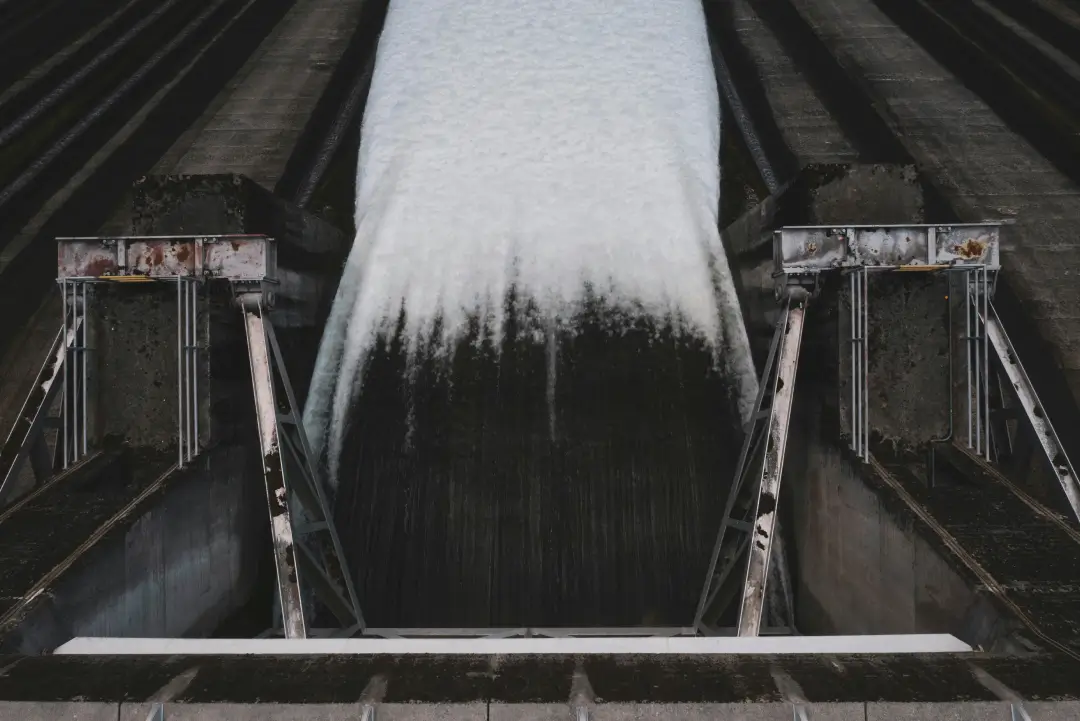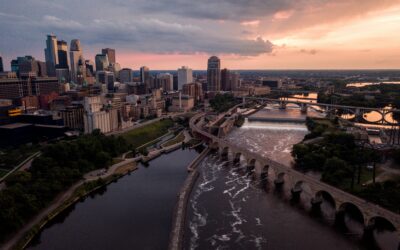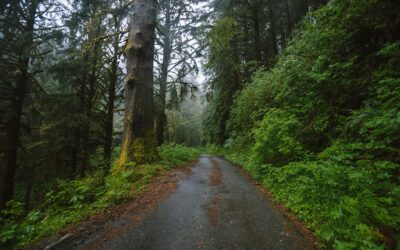What happens when a hydroelectric dam stops working in a drought?
With ongoing droughts across many parts of Oregon causing our lakes and rivers to drop, many of us are grappling with that question.
Will homeowners in Oregon have to pay for higher rates? Or worse, see rolling power outages as lakes empty and hydropower dams aren’t able to produce the energy we need?
Homeowners in Oregon might not know this, but they have the a choice that means they’ll be ready if and when hydropower is no longer as widespread.
Keep reading to learn more about how hydroelectric power works in Oregon, and what you can do to ensure your energy independence and stability.
How Does Hydroelectric Power Work?
Before we dive in, it’s important to understand that not all of your city, county, or even state’s electricity is coming just from the power generated in that state.
So even if the hydroelectric dam generating power down the road from your home is working, that might still not be enough to power your whole community’s energy needs. If the other source of power for your community is another hydroelectric power plant that is impacted by drought, you could still feel the effects. Even hundreds of miles away.
In Oregon, we source electricity from California, Idaho, and as far away as Montana to make sure everyone in the state has access to the power they need at home.
The Power of Water and Turbines
Traditionally, most hydroelectric power is generated when water is directed to flow through a pipe or enclosed area, and towards a turbine.
The turbines, which are usually designed as blades or paddles around a central core, are connected to an electrical generator engine. When they turn, they activate the parts of this generator that in turn produce electricity.
This source of power generation is one of the oldest, being used historically to move non-electric boats with large paddles, or grinding stones in mills.
But as the climate in the Western United States has changed, so has the reliability of a once generally dependable power source.
What Happens to Hydroelectric Dams During a Drought?
Because many of us have grown up with hydroelectric dams as a core part of the electrical grid in our communities, it’s hard to imagine they would just stop being an option.
But as the cautionary tale of Lake Oroville in California has shown, with prolonged droughts none of us can afford to assume hydroelectric power will always be an option. Already, the amount of electricity hydropower dams produced nationally dropped by 14% in 2021 compared to the year before.
For a state like Oregon which sees 37% of its total electricity generation from hydroelectric power, that’s a real threat to energy independence and security.
While hydropower dams pollute less than traditional fossil fuels, there’s a larger issue of how dam projects impact the environment.
From flooding livable and arable land, creating barriers for native fish species, to acting as a perfect host for problematic algae blooms. As old hydroelectric dams stop generating enough power, new hydroelectric dams in new locations could be brought online to make up for the difference.
That is if we don’t make the move to a more dependable energy option.
Clean Power Without the Risk
Is there anything you as a homeowner can do to prepare and adapt to the changes to how we generate and source electricity?
Yes! As a homeowner, you’re in a unique position with several advantages in Oregon:
-
- You’re able to qualify for the Solar Investment Tax Credit and save up to 26% of the costs to get a renewable energy source like solar installed at your home.
-
- You can key into solar policies like net metering, helping to supply clean power to your community, while receiving compensation.
- Homeowners see the value of their homes rise by upwards of 4% when they install solar energy systems.
Going solar means your energy isn’t sourced from a river halfway a state away, or even one nearby. Instead, your energy is generated right on your roof. From a source that will be available and free for eons to come: the sun.
With advancements in battery storage systems, and net metering legally protected in Oregon, solar is the answer.
That means you’ll have safe, reliable, and clean energy for your home. With most panels lasting anywhere between 25-30 years at least, and new methods for recycling solar panels being developed every day, it’s an investment meant to last.
Plus solar is carbon neutral in just 3 years of powering your home!
Own Your Power With Solar
If you’re ready to go solar for $0 down and transition your home to clean solar energy, consider partnering with Purelight.
We provide local, knowledgeable, friendly support to make your solar installation simple and affordable.
Take 30 seconds to find out if your roof qualifies for $0 down solar!





